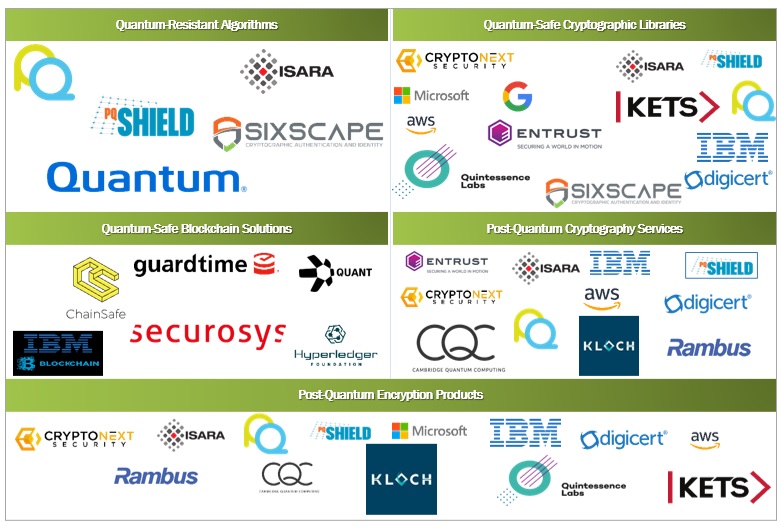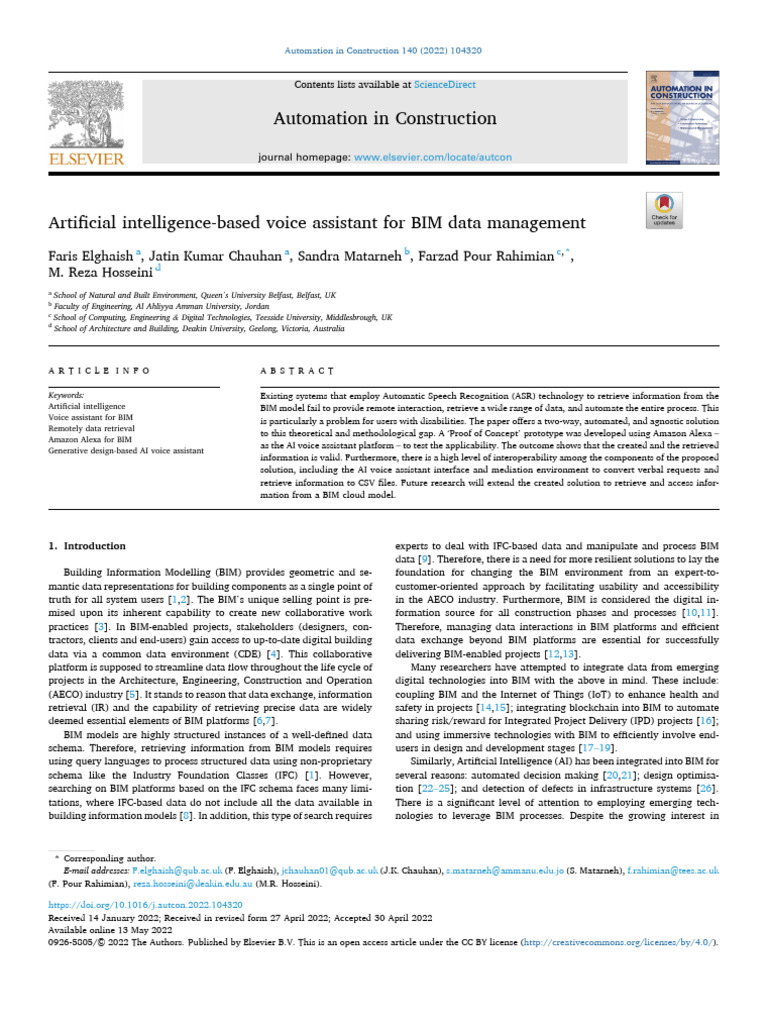Post-Quantum Cryptography Market To Reach Billions By 2030: Impact Of New Standards And Migration Timelines

Table of Contents
The Growing Threat of Quantum Computing and the Need for Post-Quantum Cryptography
The advent of powerful quantum computers presents a significant threat to current cybersecurity infrastructure. These machines, leveraging quantum mechanics, can potentially break widely used public-key cryptosystems like RSA and Elliptic Curve Cryptography (ECC) with devastating consequences.
Vulnerability of Current Encryption
Quantum computers exploit algorithms like Shor's algorithm to efficiently factor large numbers, a process that underpins the security of RSA. Similarly, they can efficiently solve the discrete logarithm problem, jeopardizing ECC. This poses a severe risk to:
- Financial transactions: Protecting online banking, payments, and cryptocurrency transactions.
- Healthcare records: Securing sensitive patient data, medical images, and electronic health records (EHRs).
- Government secrets: Safeguarding classified information, national security data, and diplomatic communications.
- Intellectual property: Protecting confidential business information, trade secrets, and software code.
These cryptographic vulnerabilities expose vast amounts of sensitive data to potential quantum attacks, leading to significant data breaches and financial losses. The need for robust, quantum-resistant cryptography has never been more critical.
The Rise of Post-Quantum Cryptography as a Solution
Post-quantum cryptography (PQC), also known as quantum-resistant cryptography, offers a solution to this looming threat. PQC encompasses a suite of cryptographic algorithms designed to withstand attacks from both classical and quantum computers. These algorithms rely on mathematical problems believed to be intractable even for quantum computers. Several types of PQC algorithms are under development and standardization:
- Lattice-based cryptography: Relies on the hardness of lattice problems.
- Code-based cryptography: Based on the difficulty of decoding random linear codes.
- Multivariate cryptography: Uses the difficulty of solving systems of multivariate polynomial equations.
- Hash-based cryptography: Uses cryptographic hash functions to provide digital signatures.
By implementing PQC, organizations can ensure the long-term security of their data and communications, securing the future of secure communication and data protection in a post-quantum world.
Impact of New Standardization Efforts on the Post-Quantum Cryptography Market
The standardization of PQC algorithms is crucial for widespread adoption and interoperability. The National Institute of Standards and Technology (NIST) has played a leading role in this process.
NIST's Post-Quantum Cryptography Standardization Process
NIST's post-quantum cryptography standardization process involved a rigorous evaluation of numerous algorithms. The process concluded with the selection of several algorithms for standardization, offering various cryptographic functionalities:
- Digital signatures: Algorithms selected provide secure digital signatures that are resistant to quantum attacks.
- Key encapsulation mechanisms (KEMs): Selected KEMs enable the secure exchange of encryption keys.
The detailed specifications and implementation guidelines for these algorithms are publicly available, accelerating their integration into existing systems and promoting their adoption. The timeline for full implementation is ongoing, but significant progress has already been made.
Influence of Standardization on Market Adoption
Standardization significantly boosts market confidence and accelerates the adoption of PQC. The benefits are clear:
- Interoperability: Standardized algorithms ensure seamless integration between different systems and platforms.
- Security assurance: Standardized algorithms undergo rigorous scrutiny, enhancing trust and confidence in their security.
- Reduced development costs: Standardization reduces the need for individual organizations to develop and test their own algorithms.
These factors are driving the growth of the post-quantum cryptography market, as organizations increasingly seek to protect their data from the threat of quantum computers by utilizing industry standards.
Migration Timelines and Challenges in Implementing Post-Quantum Cryptography
Migrating to PQC presents significant technical and logistical challenges. A well-defined migration strategy is crucial for success.
The Complexity of Migration
Migrating to PQC is not a simple task. Several hurdles must be overcome:
- System integration: Integrating PQC algorithms into existing systems requires careful planning and potentially significant software modifications.
- Key management: Implementing PQC requires robust key management solutions to ensure the security and lifecycle management of cryptographic keys.
- Performance impact: Some PQC algorithms may have higher performance overhead compared to current algorithms. This needs careful consideration, especially in resource-constrained environments.
- Backward compatibility: Ensuring compatibility with legacy systems and applications while implementing PQC adds complexity to the migration process.
Strategic Planning for a Successful Migration
A phased approach is highly recommended for a successful PQC migration:
- Risk assessment: Identify critical systems and data most vulnerable to quantum attacks.
- Pilot programs: Test and evaluate PQC algorithms in a controlled environment before widespread deployment.
- Phased rollout: Migrate systems gradually, starting with less critical applications and gradually expanding.
- Testing and validation: Rigorous testing is crucial to ensure the proper functionality and security of the migrated systems. Independent audits and penetration testing can strengthen the validation.
- Staff training: Sufficient training and expertise are required across the organization to manage and maintain the new PQC infrastructure.
Conclusion
The growing threat of quantum computing necessitates the adoption of post-quantum cryptography. NIST's standardization efforts have significantly accelerated the market's growth, fostering wider adoption and interoperability. However, migrating to PQC presents substantial technical and logistical challenges. Proactive planning, a phased rollout, and rigorous testing are crucial for a successful transition. The post-quantum cryptography market is projected to reach billions by 2030, representing a significant opportunity for organizations seeking to safeguard their valuable data. Businesses and organizations must proactively plan for the transition to post-quantum cryptography to safeguard their valuable data from future quantum attacks. Begin your assessment of your organization’s vulnerability and explore the solutions offered by the rapidly evolving post-quantum cryptography market today. Don’t wait until it’s too late; secure your future with quantum-resistant cryptography solutions now.

Featured Posts
-
 Anthonius Ayorbaba Mari Dukung Persipura Menuju Kejayaan
May 13, 2025
Anthonius Ayorbaba Mari Dukung Persipura Menuju Kejayaan
May 13, 2025 -
 Open Ai Unveils Streamlined Voice Assistant Creation At 2024 Developer Conference
May 13, 2025
Open Ai Unveils Streamlined Voice Assistant Creation At 2024 Developer Conference
May 13, 2025 -
 Elsbeth Season 2 Episode 16 And 17 Previews And Season Finale Speculation
May 13, 2025
Elsbeth Season 2 Episode 16 And 17 Previews And Season Finale Speculation
May 13, 2025 -
 Paso Robles Heat Advisory Expected Temperatures And Safety Tips
May 13, 2025
Paso Robles Heat Advisory Expected Temperatures And Safety Tips
May 13, 2025 -
 Kilkist Romiv V Ukrayini Geografichniy Rozpodil Ta Prichini Kontsentratsiyi
May 13, 2025
Kilkist Romiv V Ukrayini Geografichniy Rozpodil Ta Prichini Kontsentratsiyi
May 13, 2025
